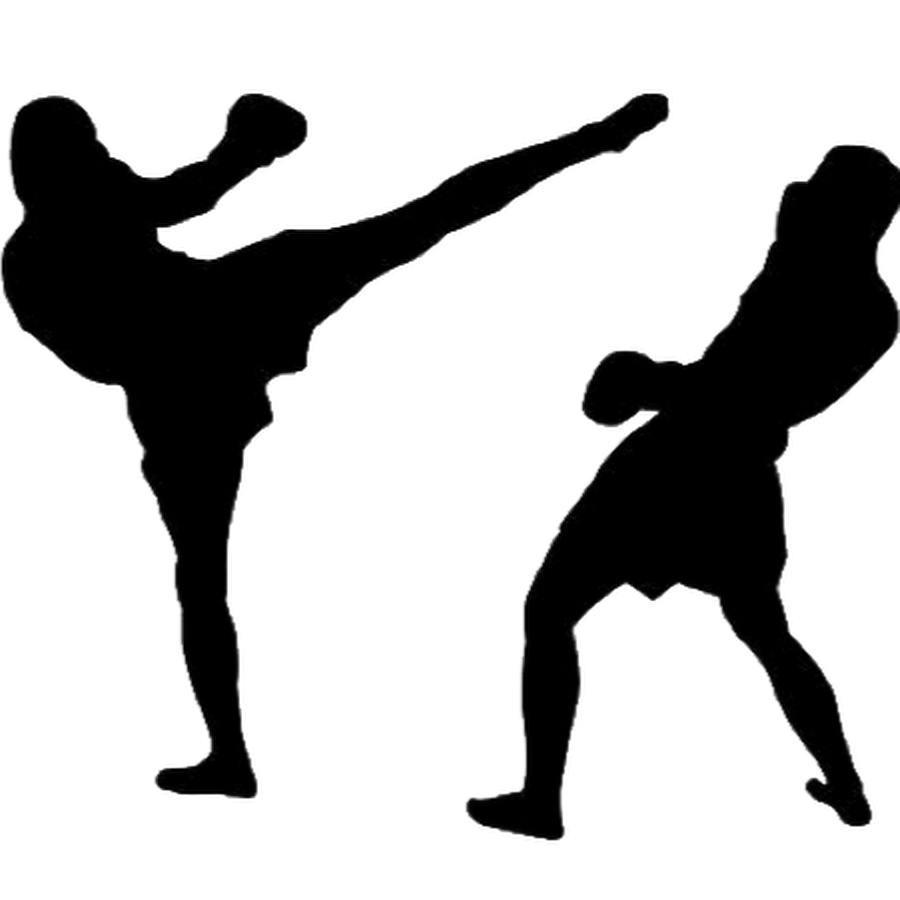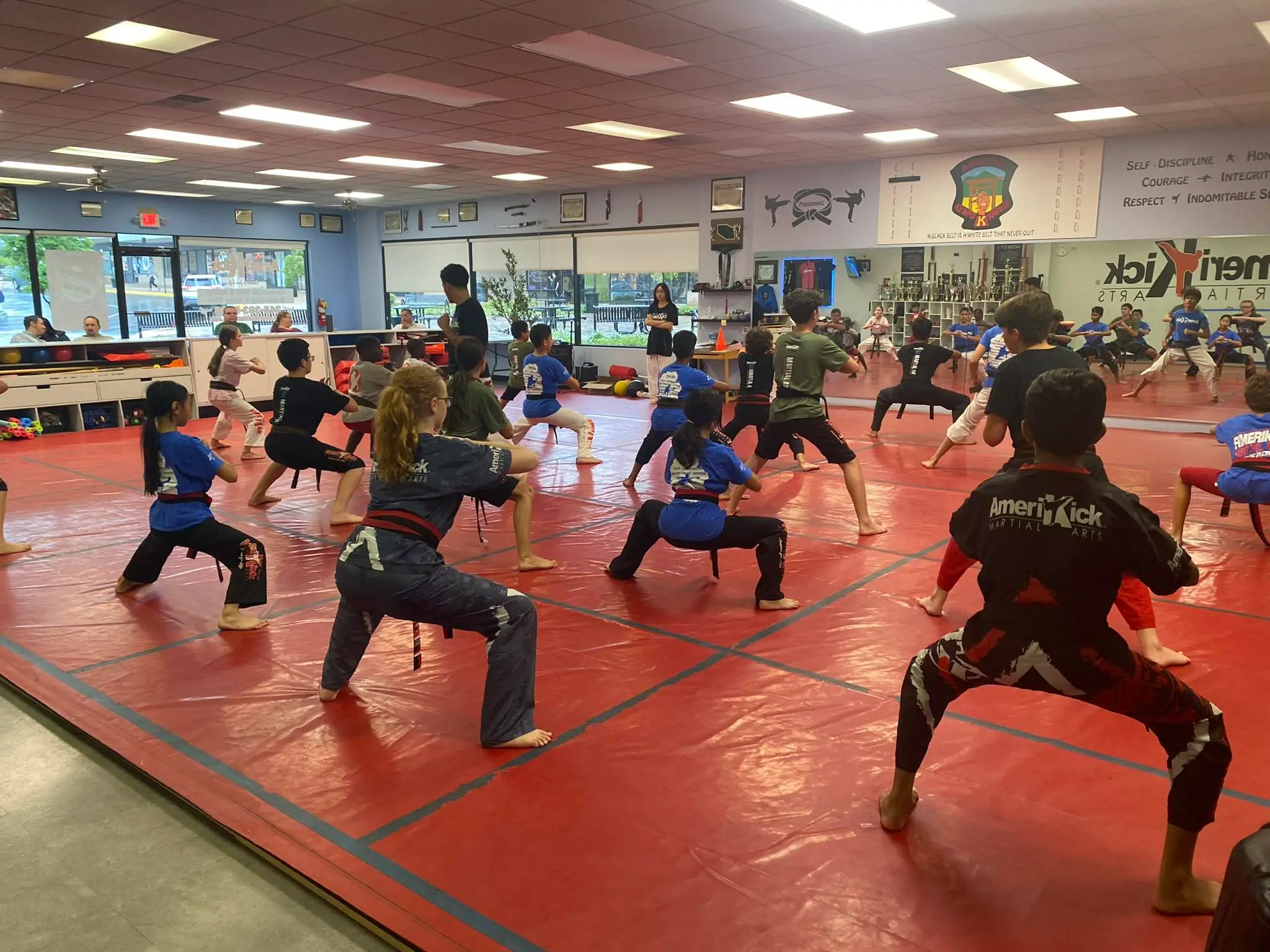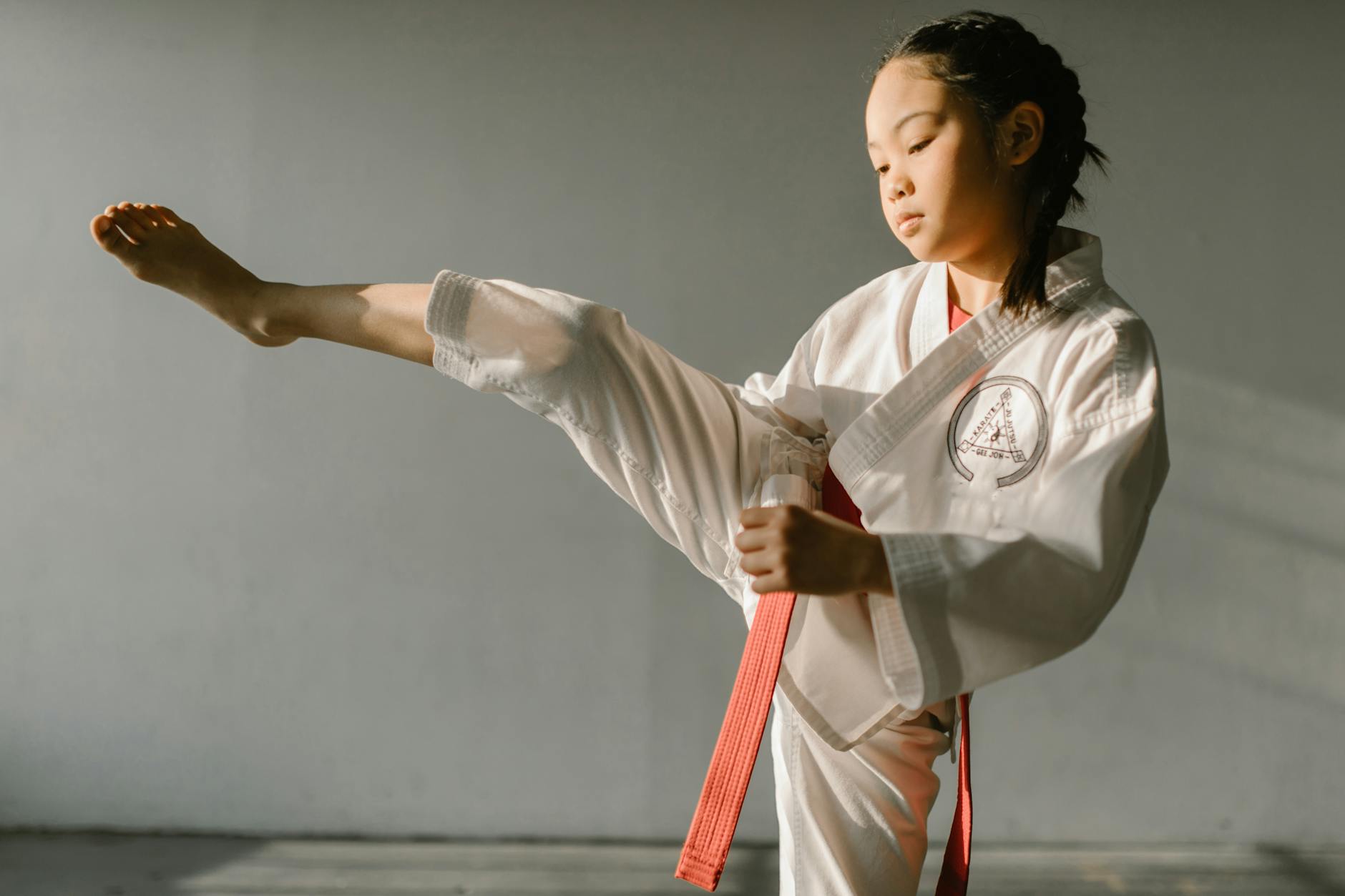

It’s hard to raise kids who are confident and focused. But martial arts can help. Martial Arts Builds Focus and more. It teaches kids to pay attention, set goals, and believe in themselves. They learn discipline and feel good about themselves. Martial arts helps kids grow strong in their minds and feelings, not just their bodies.
Focus and confidence help kids grow strong. They do better in school, make friends, and solve problems. Martial Arts Builds Focus and confidence. When kids learn these things, they can handle tough times, try new things, and grow into good people.
Focus means kids can pay attention and finish what they start, even when there are distractions. Martial Arts Builds Focus. It’s not just sitting still; it’s about thinking hard. When kids focus, they can learn new things and do their best, like solving puzzles or listening to a teacher.
Kids naturally have shorter attention spans compared to adults, but developing focus early is critical. Why? A strong ability to focus impacts:
Helping kids hone their focus is like giving them a mental muscle. The more they practice, the stronger it becomes.
Confidence is how capable and secure a child feels about themselves and their abilities. Unlike fleeting feelings like happiness, confidence is a steady belief that says, “I can handle this.”
Confident kids are more willing to try new things because they’re not afraid to make mistakes. Even more importantly, they bounce back from failures with resilience. Confidence isn’t just a feel-good emotion—it’s essential for lifelong success. Here’s why:
Building confidence in kids means helping them see challenges as hurdles to overcome, not walls to stop them.
Think of focus and confidence like two friends that help each other. When kids focus, they finish things and feel good, which makes them more confident. And when they’re confident, they can focus better, even on hard things. Martial Arts Builds Focus and confidence. They help each other grow stronger.
For example, learning a martial arts routine requires attention to detail (focus). Each small success—like mastering a new move—fuels the child’s belief that they’re capable (confidence). Over time, these wins stack up, helping them face tougher challenges with grit and determination.
Several external and internal factors influence these traits in children. Here are the key ones:
When these factors align, it becomes much easier for kids to develop focus and confidence naturally.

Photo by cottonbro studio
Martial arts isn’t just about physical strength or mastering cool moves—it’s also a powerful tool to train the mind. For children, it offers a structured environment where focus becomes second nature. With attentive practice and guidance, martial arts can turn distracted energy into laser-sharp concentration. Here’s how.
The backbone of martial arts is discipline. Every practice session emphasizes structure, from bowing at the start of class to following the instructor’s commands. Through repetition, children learn to channel their energy into the tasks at hand.
Martial arts fuses physical activity with mental awareness, cultivating a sense of mindfulness. Every movement has purpose, requiring the child to stay fully present in the moment.

Photo by RDNE Stock project
Martial arts includes specific drills that are specially designed to sharpen focus. These aren’t just about athleticism—they train kids to block out distractions and stay on task.
Through this combination of structured discipline, mindfulness, and targeted techniques, martial arts becomes a foundation for better attention and mental clarity in children.
Martial arts is more than just kicks and punches; it’s a life-changing practice that builds confidence from the inside out. For children, it provides the structure and support they need to thrive in challenging situations. By setting goals, overcoming failures, and receiving encouragement from their instructors and peers, kids learn to believe in themselves. Here’s how martial arts fosters confidence growth, one step at a time.
The belt system in martial arts is a practical and powerful tool for building confidence. Each belt represents a milestone, and advancing through the ranks demands focus, effort, and discipline. For kids, this system provides immediate and tangible rewards for their hard work.
The act of advancing through the belt ranks gives kids a roadmap for success. It teaches them not just to aim high, but to break down big ambitions into smaller, actionable steps.

Photo by RDNE Stock project
Martial arts is hard work. Kids learn tricky moves and fight with friends. They might mess up, but that’s okay. Martial Arts Builds Focus and mental strength. Learning from mistakes helps them get stronger.
When hurdles are approached with determination and a growth mindset, kids start to believe that they can push past any obstacle that stands in their way.
Encouragement is at the heart of every good martial arts program. From instructors who praise effort to a supportive peer group, reinforcement fosters a sense of belonging and trust in one’s abilities.
Every cheer and pat on the back helps kids feel good about themselves. In martial arts, every try counts. Martial Arts Builds Focus and confidence. Kids learn to set goals, face problems, and stay positive. This helps them become strong and ready for anything.
Martial arts does more than make kids strong. It also teaches them how to work with others and talk to people. Martial Arts Builds Focus and important life skills. Kids learn to work in teams and be leaders. This helps them pay attention and feel confident in everything they do.

Photo by Artem Podrez
Martial arts classes help kids make friends. They work together in groups and help each other learn. Martial Arts Builds Focus and teamwork. It’s not just about winning; it’s about growing together.b
These moments of shared achievement create a close-knit environment where kids feel supported, motivated, and part of something bigger than themselves.
As children advance in martial arts, they often find themselves in positions of leadership. These roles not only strengthen their confidence but also teach responsibility, empathy, and communication.
Martial arts lets kids try being leaders in a safe place. When they practice leading in class, they get better at taking charge. Martial Arts Builds Focus and leadership skills. This helps them lead in school, sports, or with friends.
People think martial arts is just for getting strong. But it also helps kids learn to protect themselves and feel powerful. Martial Arts Builds Focus and confidence. It teaches them to be aware, control their feelings, and feel safe. When kids learn these skills, they can handle life’s challenges better.

Photo by Pavel Danilyuk
Learning to protect yourself in martial arts isn’t just about fighting. It’s about staying safe and avoiding fights. Martial Arts Builds Focus and calm. Kids learn how to handle tough situations without getting angry. The point is to feel confident and in control, not to be aggressive.
Kids are taught practical skills like how to set boundaries, maintain safe personal space, and de-escalate situations verbally. With these tools, children feel empowered to handle themselves without resorting to unnecessary force. If physical action is ever required, they learn to defend themselves in a controlled, ethical way.
Here’s how self-defense empowers kids safely:
By equipping children with these techniques, martial arts fosters independence and peace of mind. Knowing “what to do” in tricky scenarios empowers them to approach life with self-assurance.
Getting physically strong helps kids feel mentally strong too. When they get better at martial arts, they see what they can do. This makes them believe in themselves. Martial Arts Builds Focus and a strong mind, which helps kids feel good about themselves.
As they master moves or build endurance, kids begin to see the results of their hard work—a stronger body, better coordination, and enhanced skills. These visible, measurable outcomes reinforce a child’s inner belief: “If I can do this, I can handle new challenges too.”
Some ways physical training impacts mental confidence:
Much like how lifting weights makes muscles grow, steady progress in martial arts strengthens self-belief. Each workout, punch, or mastered form acts as a mental reaffirmation that hard work pays off.
By combining self-defense with physical fitness, martial arts equips kids with not just practical skills, but the confidence to approach any situation with clarity and strength.
Martial Arts Builds Focus and confidence that kids keep forever. Martial arts teaches them to pay attention, set goals, and feel good about themselves. They learn to face problems and believe they can do anything, all while having fun with friends
If you’re looking for an activity that strengthens your child’s mind, body, and character, martial arts might be the perfect fit. Why not see how it can shape their future? Find a local class and take the first step toward unlocking your child’s potential.